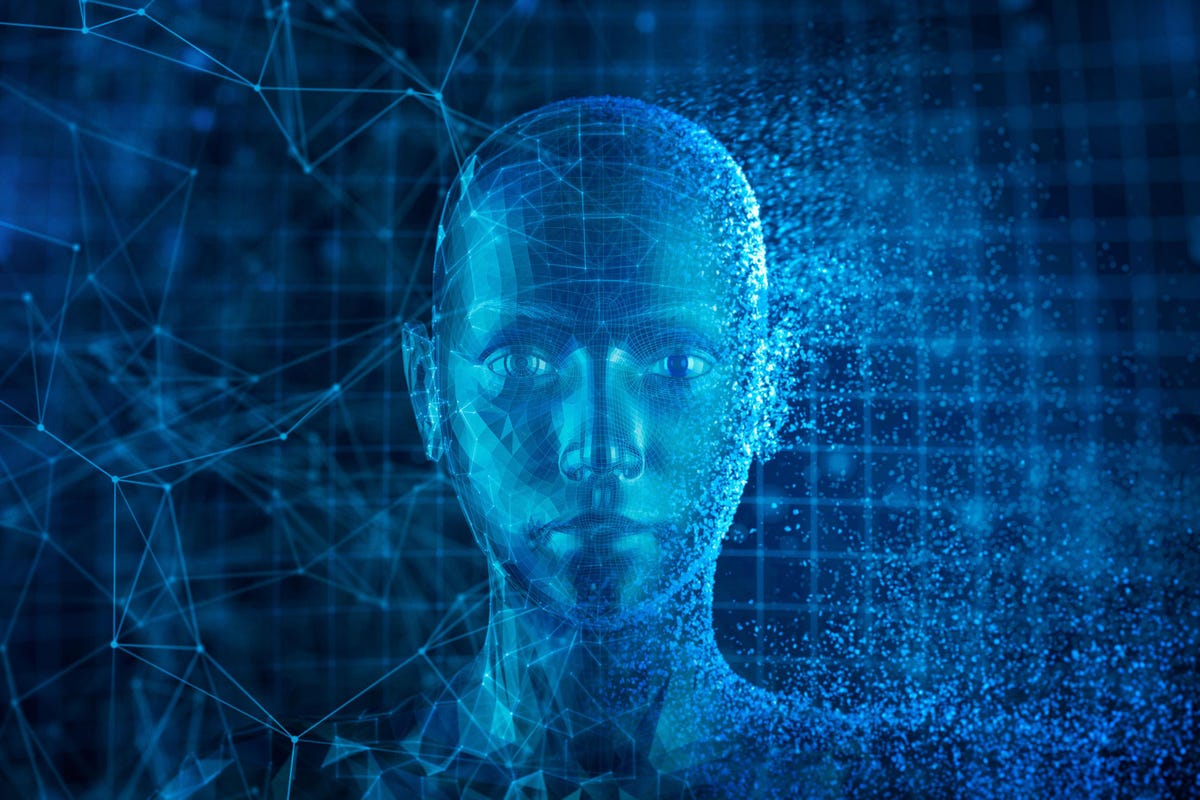Identity theft is a real concern for companies, individuals, and security professionals. The situation is especially dire due to the use of online shopping platforms.
A cursory look at the statistics shows how big the problem is. According to experts, someone falls victim to identity theft every 22 seconds. Fraud leads to over 2.8 million cases as of 2021. It typically occurs through thieves getting access to registered credit cards. Another way is to use manipulation tactics to get people to send the money.
The rise of social media has also given identity thieves a fantastic playing ground. It is interesting that people are so willing to share sensitive information. They don’t seem to place too much thought to how vulnerable it makes them. A simple photo could capture pertinent details like your home address.
AI-enabled identity (ID) verification software can provide a solution to identity theft and more. You will understand what we mean as we explore the topic in more detail.
Understanding The Interplay Between Artificial Intelligence And ID Verification
To understand how AI has changed ID verification, it helps to start with a basis for the discussion. There are instances when you will have to provide proof of identity.
Let’s take the example of opening a bank account or applying for a business license. Many institutions accept identity documents like passports or driver’s licenses. They look at factors like user details, the authenticity of the documents, and more.
The major challenge with legacy verification systems is how easy they are to bypass. Hackers or identity thieves have ways of forging documents. It gets even easier with online verification methods. And, we can’t forget that reliance on humans to verify identities leaves room for errors.
Some verification methods also leave a lot to desire. Take the example of checking a box to confirm that you are of a specific age. It all depends on the honesty of the user. An underage individual can access adult content by clicking on the yes link.
That presents a strong case for the use of AI to provide a more secure age/identity verification solution. The more advanced technologies include biometrics, such as facial recognition. That would make it harder to spoof the system.
The basis of AI is the ability of machines to mimic human behavior. The software can make decisions without the need for human intervention.
The AI algorithms can check, authenticate, or verify identity-based data. It can detect any variations in normal patterns and flag possible fraud cases.
An AI-enabled identity validation solution can improve identity verification in several ways.
Click here – Short-term Rentals: Are They a Good Investment?
AI-Enabled Biometric Authentication
Biometric authentication is a critical feature in an identity validation solution. It identifies people through their unique features or characteristics. Common methods include eyeball/iris scanning, fingerprints, and face scanning.
A common example would be what many offices have in place. Employees must pass through a scanning system to gain entry into the building.
You can use biometrics as a standalone verification method. You should also be able to integrate it with other verification solutions if you wish. Now here is where artificial intelligence plays a big role.
There have been cases where fraudsters can trick biometrics. This may sound like the movies, but thieves can cut off victims’ fingers to get access. A cursory internet search will present you with many gory stories and details. In less dramatic moves, the thieves can use a picture, a video, or wear a mask.
With AI-enabled 3D biometrics, the software uses other authentication methods. It learns many different features, making it harder to deceive. It can, for example, use unique features like the eyes distance to identify the person.
The same applies to voice recognition. The AI technology analyses things like accent, tone, speech speed, and more. It can even go further to analyze keystroke dynamics, depending on how a person types.
Liveness Detection for Identity Verification
Biometric ID validation can go up a notch with liveness detection. What it does is include extra features that are unique to an individual. It could be something as simple as a head movement, blink, or smile. It makes it easier for the biometric system to detect spoofing attempts. And that includes the use of photos or videos by thieves.
During the identification, the user may need to perform a particular action. You may, for example, need to turn your head in a specific direction while saying something. The biometric system will then compare the video of the action and the one in your ID image.
AI-enabled liveness detection methods can include:
- Texture analysis for things like skin properties or texture reflectance. The latter refers to visual appearances of real-world surfaces and how they vary. It can depend on viewing direction, illumination, or imaging.
- Texture analysis for factors like skin properties
- Motion analysis for spontaneous cues
- Image quality analysis to detect spoofing attempts
Liveness detection can identify 3D masks, deep fakes, image processing, and more. It is vital to check that your identity verification solution has this as an inbuilt feature.
Machine Learning and ID Verification
Machine learning is an AI application that aims at equipping machines with intelligence. The user trains the algorithms to identify patterns in large data sets. Over time, the algorithms continue to learn and improve. This lessens the need for human intervention.
Indeed, machine learning is a critical component in biometrics. Analysis and comparison of patterns occur in real-time against previously collected data.
Convolutional neural networks (CNNs) are machine learning models. They help in video recognition, image recognition, classifications, and image analysis. It makes CNNs a critical component of digital ID verification.
Final Thoughts
We can all agree that AI has changed the world on many levels. AI-enabled machines are capable of thinking and making decisions as humans can. Indeed, it would be hard to mention a sector or industry that does not enjoy the AI offering.
And one of the most critical is identity verification or validation. AI makes the systems more robust by making them almost impossible to spoof. The software expands the scope of identifiers. It removes dependence on pictures or identifying information to confirm users.
Liveness detection, for instance, involves subtle cues like a smile to identify people. 3D biometrics includes characteristics like chin width or eyebrow distance. Indeed, such AI technologies may prevent crimes like identity theft.
Click here – 6 Ways to Improve your Business’s Accounting





